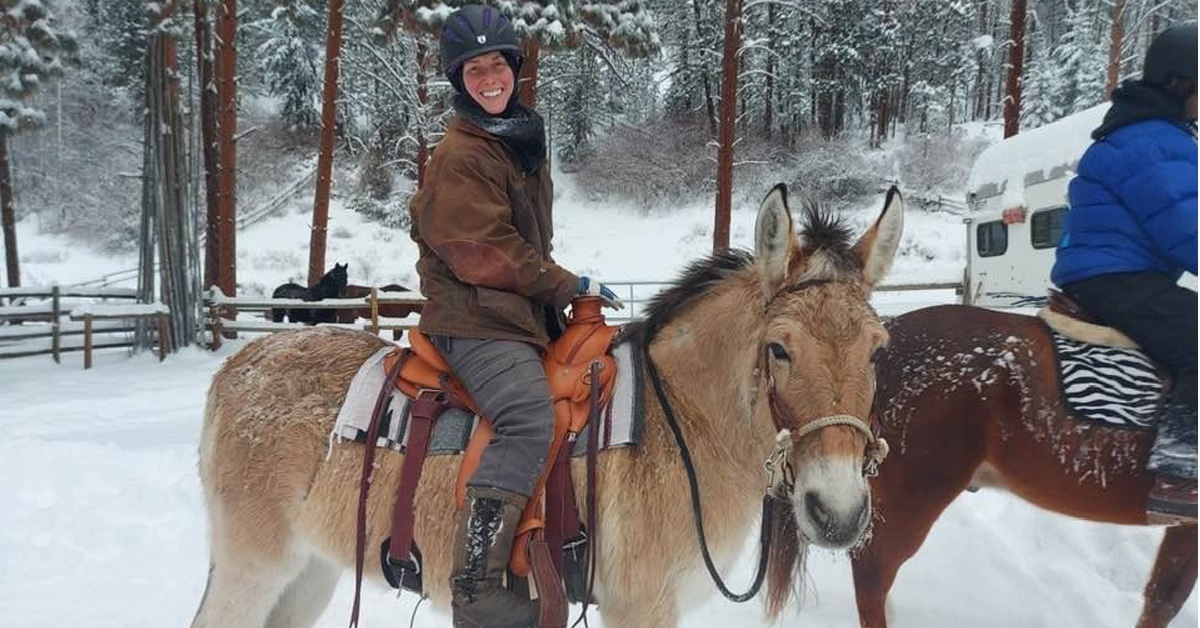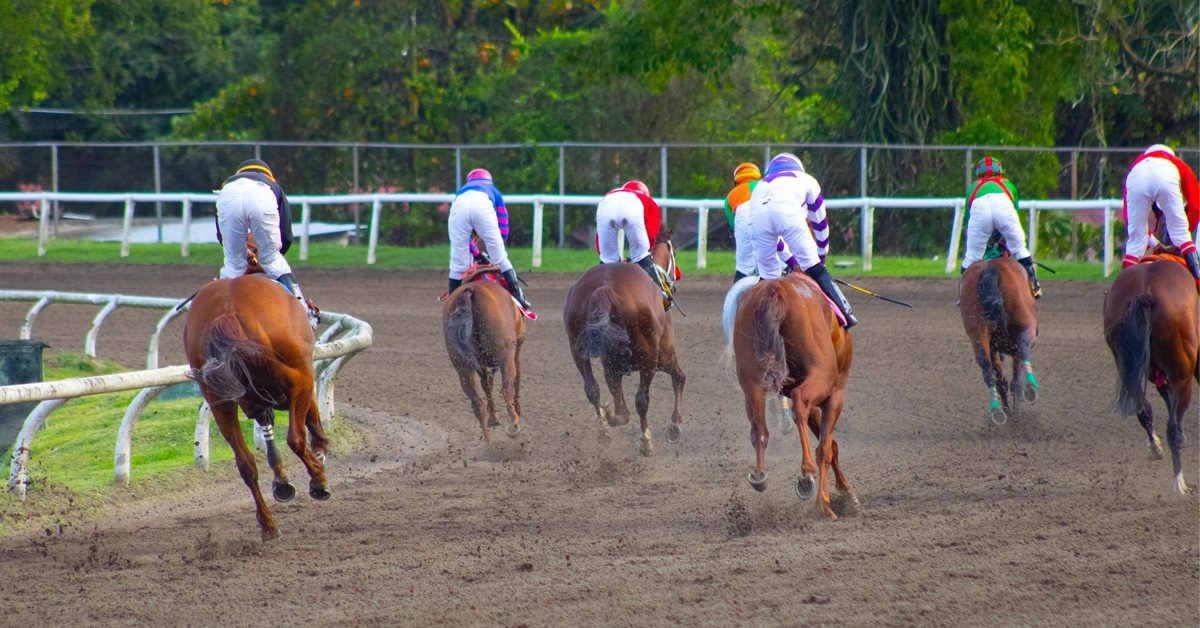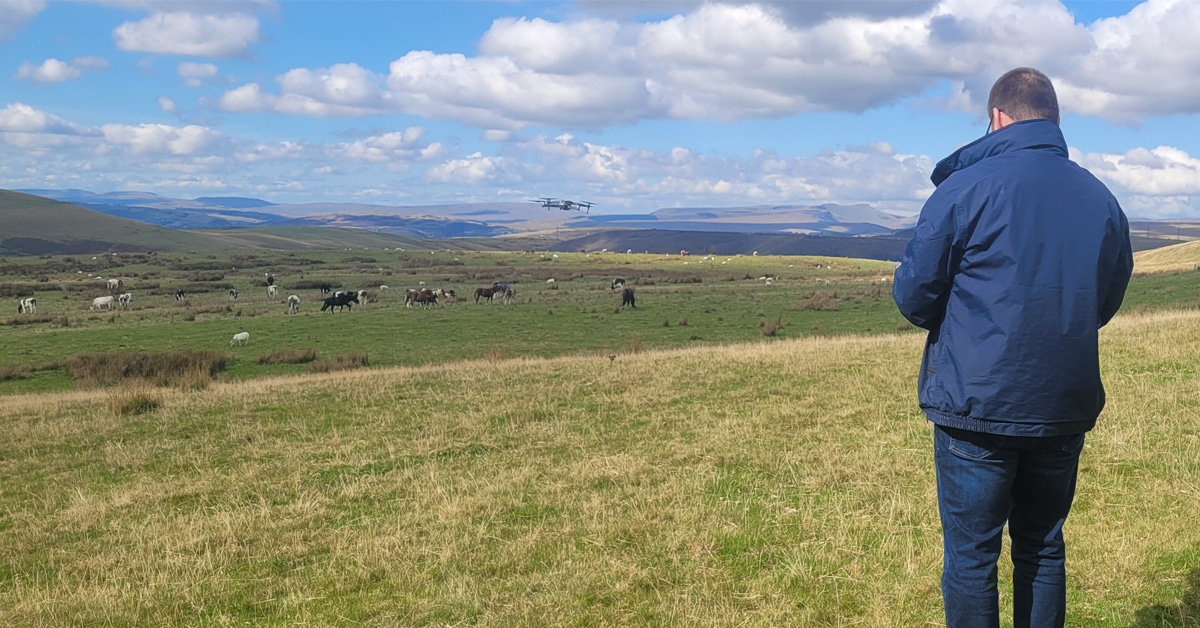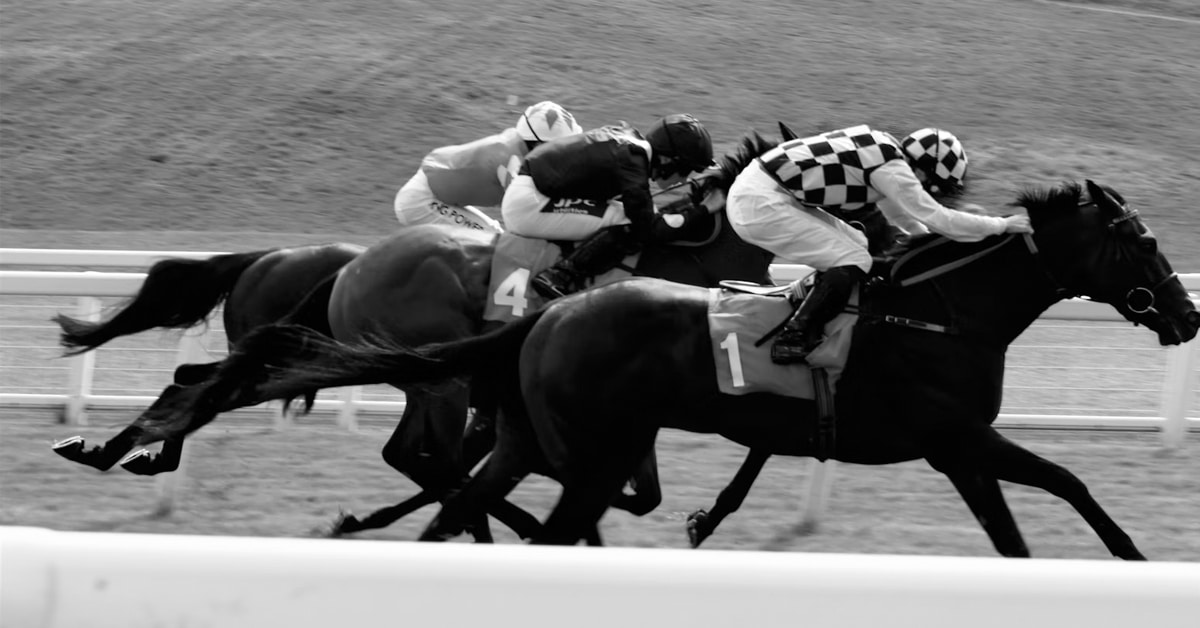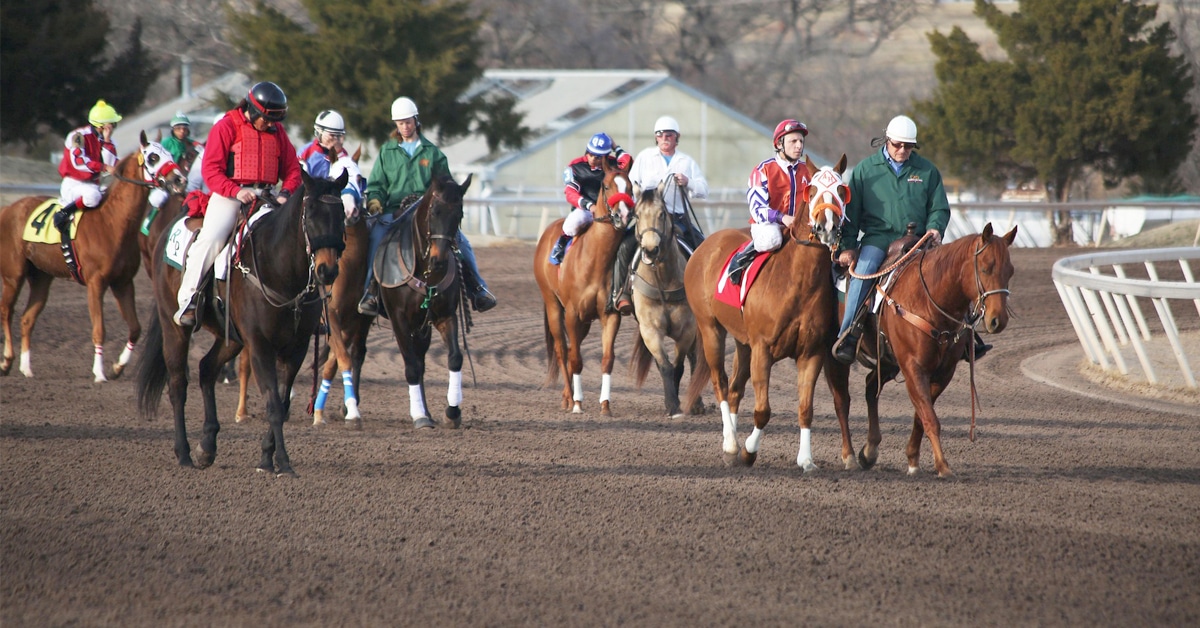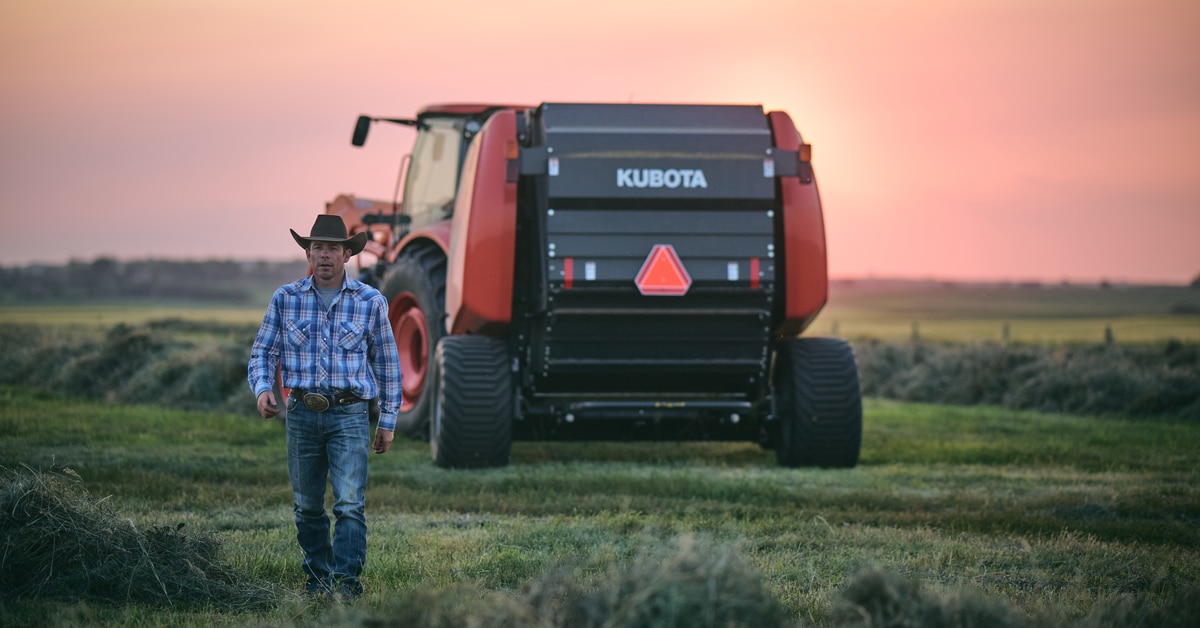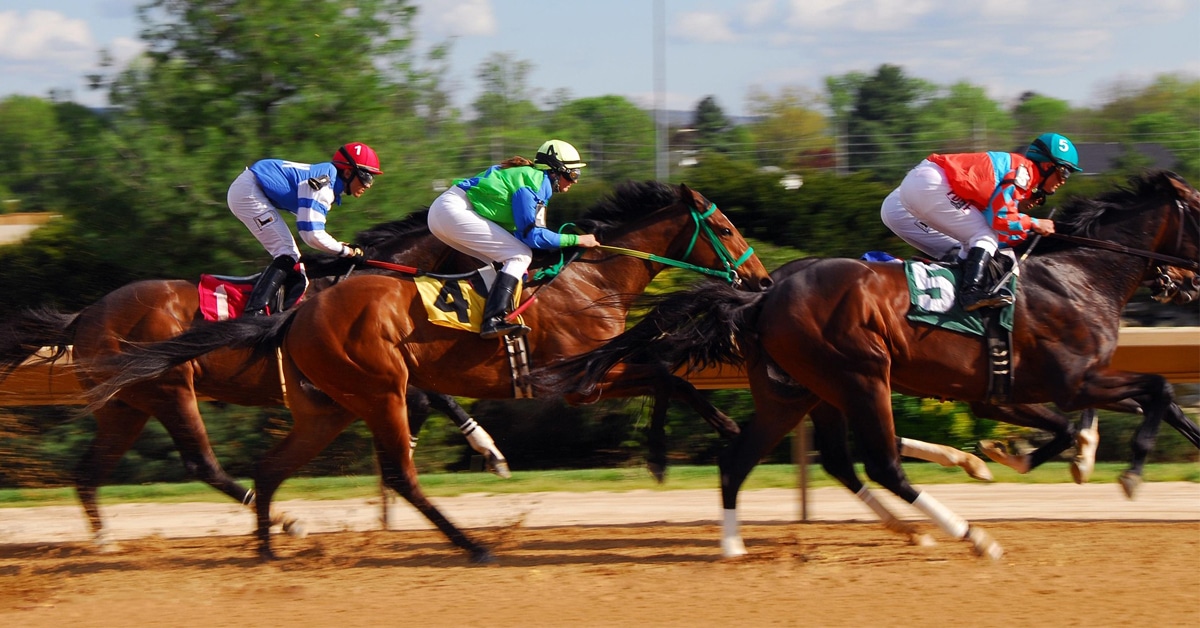The digital cushion is a wedge-shaped pad located between the collateral cartilages, below the back part of the coffin bone, and above the frog. This extremely important little pillow does a number of important things for the hoof, if it is properly developed, including:
- absorbing concussion
- protecting and supporting the navicular bone and the back of the coffin bone
- helping the horse to feel and respond to the ground due to the large number of proprioceptors it contains
- helping to move blood through the blood vessels in the foot when it compresses during loading
Under conditions in line with what nature intended, meaning plenty of movement over varied terrain, the digital cushion changes quite a bit as the horse grows. When a foal is born, the digital cushion is made up primarily of adipose (fat) tissue, which is quite soft and spongy. This spongy tissue provides just the right amount of anti-concussive protection for the light little foal. But, as the baby matures, movement over a mix of soft and hard terrain stimulates the digital cushion to grow a dense network of collagen bundles and fibrocartilage, making it much firmer and helping it to support the youngster’s increasingly heavy body.
However, in order for movement to have the effect nature intended, the horse also has to have a foot that functions as nature intended, which means that the frog, sole and walls must all share in the weight bearing, and the foot must land heel first. Anything that promotes toe-first landing or peripheral loading – meaning that the walls alone are bearing the horse’s weight with the frog and sole lifted away from the ground – will inhibit the development of the digital cushion.
Unfortunately, domestic horses don’t always get the movement and hoof care to develop firm, robust digital cushions. The result is that we can end up with fully-grown, adult horses walking around on soft, underdeveloped, digital cushions. Weak digital cushions are commonly seen in horses that have been continually shod from an early age, horses that grew up in confined areas or on soft ground, and sometimes in barefoot horses with chronically overgrown walls. Horses with poorly developed digital cushions have greater vulnerability to many hoof and leg ailments that can result from increased concussive forces and diminished blood perfusion. Not surprisingly, foot soreness or tenderness, particularly in the back of the foot, is a common consequence.
If you want to get a sense what difference a well-developed digital cushion makes compared to a poorly developed one, try putting a thin sandal on one of your feet, and a good running shoe on the other. Jog down a paved road for a few steps and feel the difference in the concussive forces that your bones, joints and soft tissues have to contend with. Then try walking over some chunky gravel and feel how much protection that running shoe offers.
Fortunately, we can tell, to a significant degree, what kind of shape a horse’s digital cushions are in by both deduction and examination. To start with, if your horse has contracted heels, heel pain, contracted frogs, chronic thrush or if he lands toe first, chances are that his digital cushions are not as robust as they should be. Another thing to look for is how “full” the heel bulbs are. In horses with good, thick digital cushions, the bulbs will be full and rounded. If they look flatter or “empty,” there is not much cushion there.
Equine Podiatrist Dr. Ric Redden has also given us a general measurement we can use. As he explains: “The depth of the digital cushion can be estimated by placing your thumb in the shallow depression between the heel bulbs and placing the index finger of the same hand on the centre of the frog. In light breed horses with strong, healthy heels, the distance between thumb and fingertip is in the range of 3-3.5 inches. When this distance is well short of the normal range, one can expect to see evidence of soft tissue compromise radiographically.”
You can also learn to feel how dense and strong the digital cushion is by placing your thumb on top of the heels and your fingers on the frog, then giving the area under your thumb a good squeeze. A weak digital cushion will feel rather spongy, while a healthy one will feel quite firm. To get an idea of what you are looking for, try squeezing the muscle of your thumb when you are making a fist, then squeezing it again with your hand relaxed. It will feel firm and elastic when you’re making a fist, and softer and squishier when your hand is relaxed. A healthy digital cushion will feel more like the fist version.
If you believe your horse’s digital cushions are not as strong as they should be, don’t despair, as it is seldom too late for these amazing structures to improve, to at least some degree. For this to happen, your horse will need plenty of movement, ideally over a mix of soft and firm ground, and you will need to work with a competent hoof care professional to determine how to get your horse moving heel first, and how you can get the sole
and frog to be active players in supporting the weight of your horse. Be aware that fixed frog pressure, such
as that applied with heart bar shoes, is not the best solution for this issue, as the digital cushion requires both pressure and release with each step in order to develop properly.
The Latest
